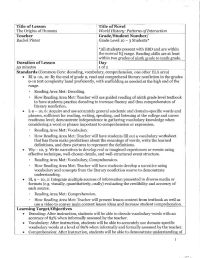
Figure 1 is an example of an assignment that I completed independently after being scaffolded on two previous assignments.
H3 Artifact Prompt: What are a few of the characteristics of Vygotsky’s sociocultural learning theory that are applicable to classroom learning? Think back on previous classes you have taken. What assignment was modeled after sociocultural learning, i.e. done in a group or with a partner?
Vygotsky’s sociocultural learning theory has several aspects that are applicable to the classroom learning environment. Sociocultural theory states that humans develop not only within the biological parameters established by their DNA, but more importantly humans develop within the context of the culture they are raised in. Therefore, understanding how to best promote student achievement in the classroom requires an understanding of the cultural context that that learning is taking place in. It also requires consideration of how social interaction and participation impacts learning. Furthermore, Vygotsky determined that children originally process the stimuli of the outside world in a very social way, as demonstrated through the shift from external social speech to inner speech. This shifts can also be important to consider in the classroom. A final contribution from Vygotsky was his conclusion that people learn best when a task rests in an ideal spot: a task must be difficult enough that the person cannot complete it independently, but not so difficult that he or she cannot complete it with help. This spot, where a task can be completed with the help of another, is known as the Zone of Proximal Development. In the classroom, it is a critical idea that helps educators frame the kind of tasks and subsequent assistance they provide.
One of my graduate courses over the summer reflected many of these ideas. The teacher employed a variety of instructional activities, ranging from independent quizzes to group reading to partner projects to a final independent project. These practices seemed designed with sociocultural theory in mind. For instance, the partner projects required two students to work together to design a lesson based on certain parameters. This reflects consideration of sociocultural theory, because the assignment was not one that students could successfully achieve at first. Therefore, the teacher paired students together so that the task could be completed through the assistance of each other, further promoting learning through social interaction. These activities used the Zone of Proximal development—allowing the students to work as pairs enabled them to complete work that they might not have been able to do individually. This built up to the final assignment, where each students was responsible for a lesson on their own. But we were able to do so successfully because we were scaffolded on two assignments before reaching the final project. I really enjoyed this class and remember feeling prepared to complete the final assignment on my own as I had already practiced with two other students and learned a great deal. Figure 1 is the front page of my final assignment, one that I could not have performed as successfully without prior scaffolding.
H3 – Honor the classroom/school community as a milieu for learning
This reflection relates to principle H3 because understanding sociocultural theory and how it impacts student learning enables me to develop and design effective lessons that promote and utilize social interaction. I want to choose instructional activities that foster social learning, thereby creating a classroom community centered on learning. In particular, I can incorporate instructional practices that acknowledge the cultural context that my students are learning in and develop and design lessons that are appropriate to a student’s abilities academically and socially. This is particularly important as many of the students I hope to work with are working on goals relating to socially appropriate language and interactions. Selecting activities that allow them to safely practice those skills is as important as choosing activities that help them master academic goals, too.
